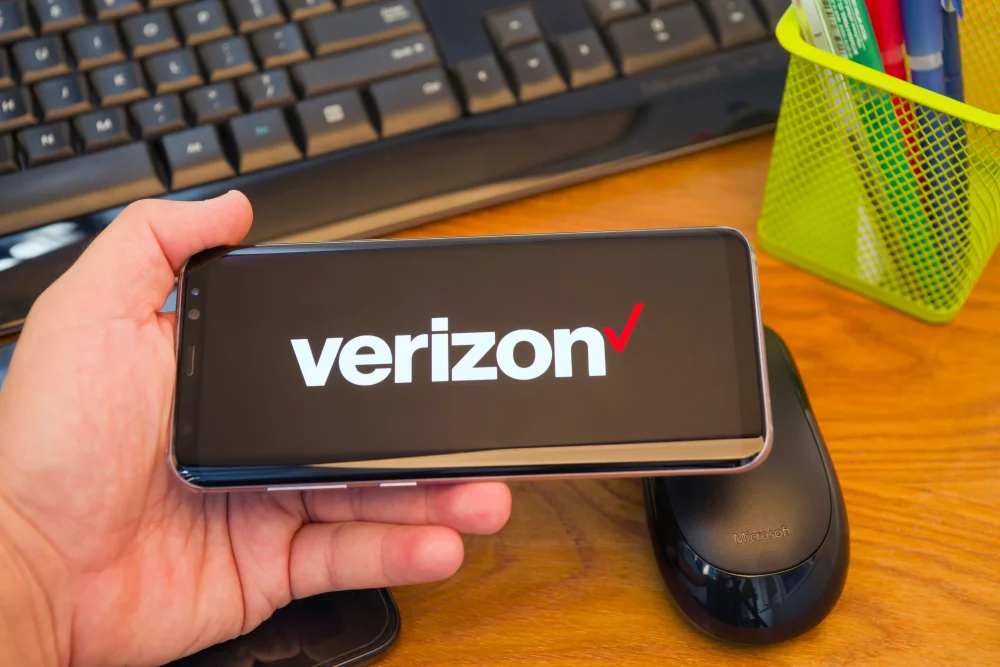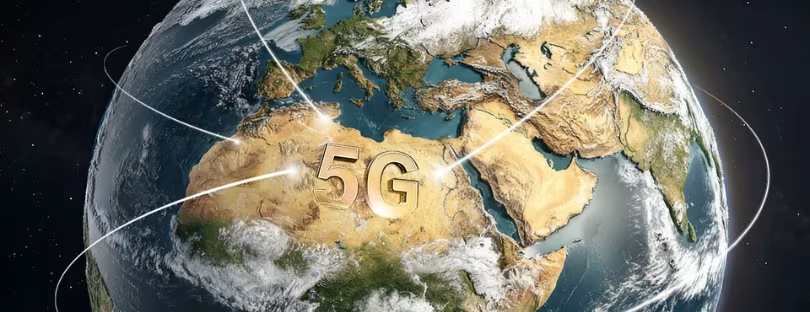
5G To Power Half of Mobile Data Traffic by 2025
Global total mobile data traffic reached around 33EB per month by the end of 2019, and is projected to grow by a factor close to 5 to reach 164EB per month in 2025. This figure represents the mobile data that will be consumed by over 6 billion people using smartphones, laptops and a multitude of new devices at that time. 5G networks in usa
Smartphones continue to be at the epicenter of this development as they generate most of the mobile data traffic—about 95 percent—today, a share that is projected to increase throughout the forecast period, Ericsson reports.
Populous markets that launch 5G early are likely to lead traffic growth over the forecast period. By 2025, we expect that 45 percent of total mobile data traffic will be carried by 5G networks.
By 2025, 5G will account for an estimated 45 percent of total mobile data.
Large variations in traffic growth across regions 5g networks
Traffic growth can be very volatile between years, and can also vary significantly between countries, depending on local market dynamics. In the US, the traffic growth rate declined slightly during 2018 but recovered to previously expected rates during 2019. In China, 2018 was a year of record traffic growth. India’s traffic growth continued its upward trajectory and it remains the region with the highest usage per smartphone and per month.
Globally, the growth in mobile data traffic per smartphone can be attributed to three main drivers: improved device capabilities, an increase in data-intensive content and more affordable data plans.
Around 410 million additional smartphone users are expected in India by 2025
In the India region, the average monthly mobile data usage per smartphone continues to show robust growth, boosted by the rapid adoption of 4G. Low prices for mobile broadband services, affordable smartphones and people’s changing video viewing habits have continued to drive monthly usage growth in the region. Only 4 percent of households have fixed broadband, making smartphones the only way to access the internet in many cases.
Total traffic is projected to triple, reaching 21EB per month in 2025. This comes from two factors: high growth in the number of smartphone users, including growth in rural areas, and an increase in average usage per smartphone. A total of around 410 million additional smartphone users are expected in India by 2025. Even if the traffic per existing smartphone user continues to grow significantly over time, the increase in average traffic per smartphone is expected to moderate as more consumers in India acquire smartphones. The average traffic per smartphone is expected to increase to around 25GB per month in 2025.
In North America, future monthly GB growth depends on 5G service adoption
5G Networks in USA
The monthly average usage of mobile data in North America is expected to reach 45GB per month per smartphone by 2025. A smartphone-savvy consumer base and video-rich applications in combination with large data plans will drive traffic growth. While there may be strong growth in traffic per smartphone in the near term, the adoption of immersive consumer services using VR and AR is expected to lead to an even higher growth rate in the long term.
By 2025, 5G subscription penetration is set to be the highest of all regions at 74 percent.
The Western Europe traffic growth rate follows a similar pattern to that expected in North America. However, the more fragmented market situation is expected to lead to later mass-market adoption of 5G, and therefore somewhat lower traffic per smartphone in 2025 than North America, at 36GB per month.
High growth in monthly mobile data usage continues in North East Asia
Attractive data plans, as well as innovative mobile apps and content, have pushed up monthly mobile data usage across North East Asia, particularly in China. The rapid growth in smartphone subscriptions is expected to continue, with China alone set to add around 170 million smartphone subscriptions between 2019 and 2025, further driving data traffic growth. With 5G set to capture a great number of early adopters, we continue to expect high growth numbers in the region. The data traffic per smartphone is expected to reach 27GB and 25GB per month respectively in North East Asia and China.
The Middle East and North Africa region is expected to have one of the highest growth rates during the forecast period, increasing total mobile data traffic by a factor of almost 9 between 2019 and 2025. The average data per smartphone is expected to reach 23GB per month in 2025. Sub-Saharan Africa also has a very high growth rate, but from a relatively small base, with total traffic increasing from 0.33EB per month to 4EB by 2025.
Average traffic per smartphone is expected to reach 7.1GB over the forecast period.
South East Asia and Latin America are expected to follow similar trends over the forecast period on a regional level, while the individual countries can show very different growth rates for traffic per smartphone, especially in markets deploying 5G. Traffic growth is driven by coverage build-out and continued adoption of 4G, linked to a rise in smartphone subscriptions and increases in average data usage per smartphone. The data traffic per smartphone is expected to reach 25GB and 22GB per month respectively in South East Asia and Latin America.
In Central and Eastern Europe, growth is also fueled by 4G adoption, but the region has a somewhat higher traffic per subscriber starting point. Over the forecast period, the monthly traffic per smartphone is expected to increase from 5.8GB to 24GB per month. It is important to bear in mind that there are significant variations in monthly data consumption within regions, with individual countries and service providers having considerably higher monthly consumption than any regional averages. 5G networks in usa








